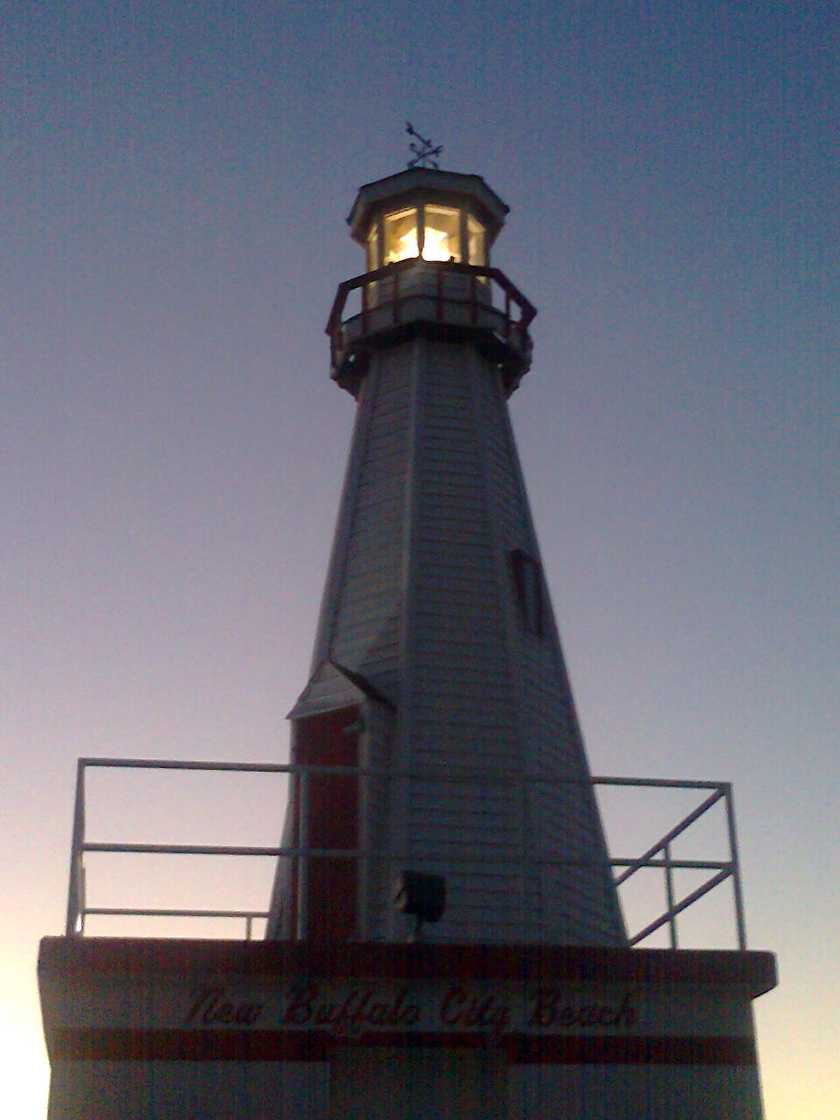 Rock Hall, Cleveland, Ohio 2018
Rock Hall, Cleveland, Ohio 2018
The
Rock n Roll Hall of Fame in Cleveland, Ohio, is located right along the
Lake Erie shoreline in Cleveland, Ohio. The exhibits seem to change at
the same frenetic pace as its namesake--Rock music. So, if you haven't
been there in a couple of years, you might be surprised at the new
sights and sounds.
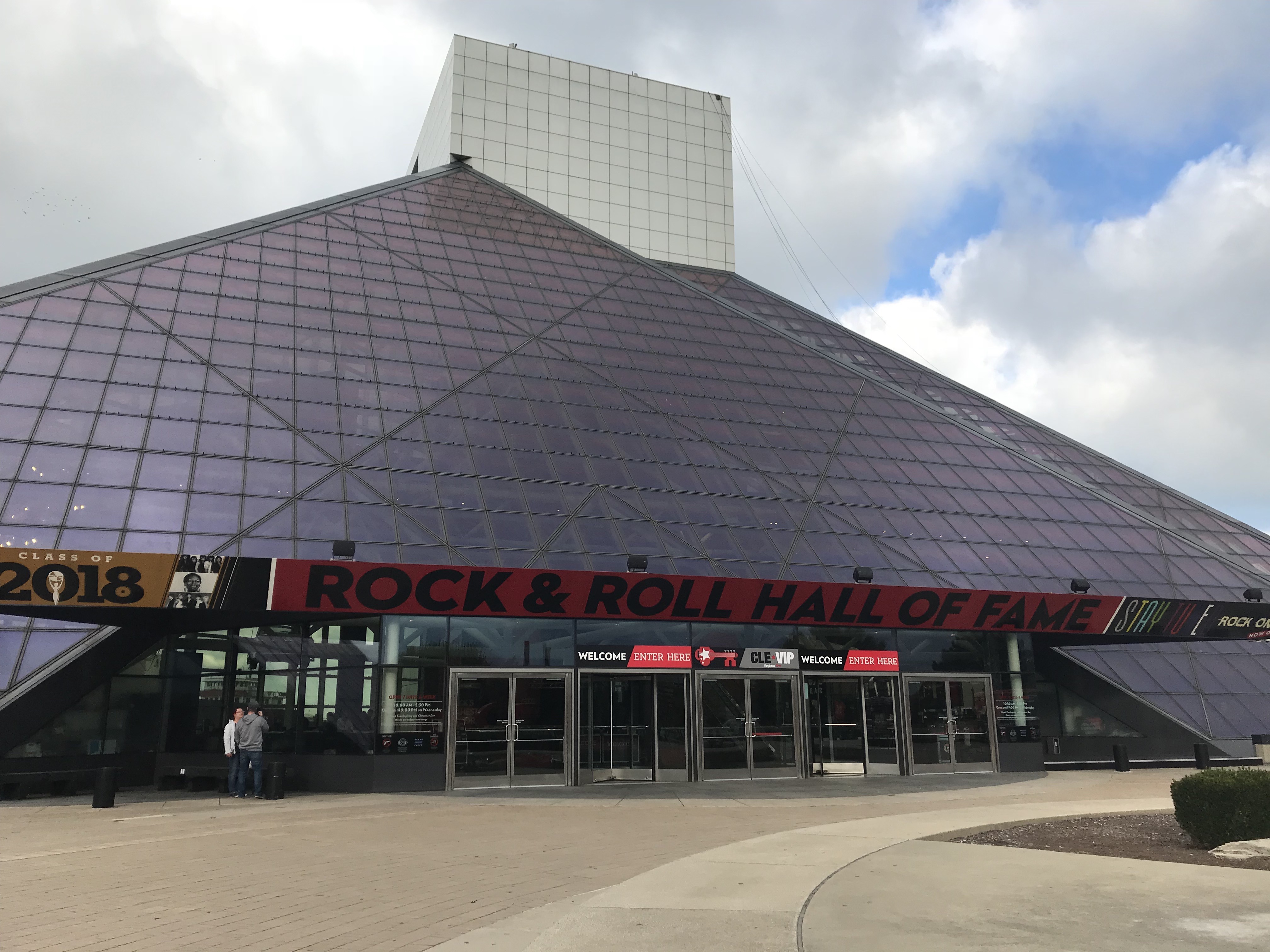
The Rock Hall entrance, located at 1100 E 9th Street in downtown Cleveland, is the same as it ever was. There is ample paid parking all around, including both lots and garages. The entry way is accessible, with wide ramps. The Rock Hall structure was designed by I.M. Pei and opened in September 1995.
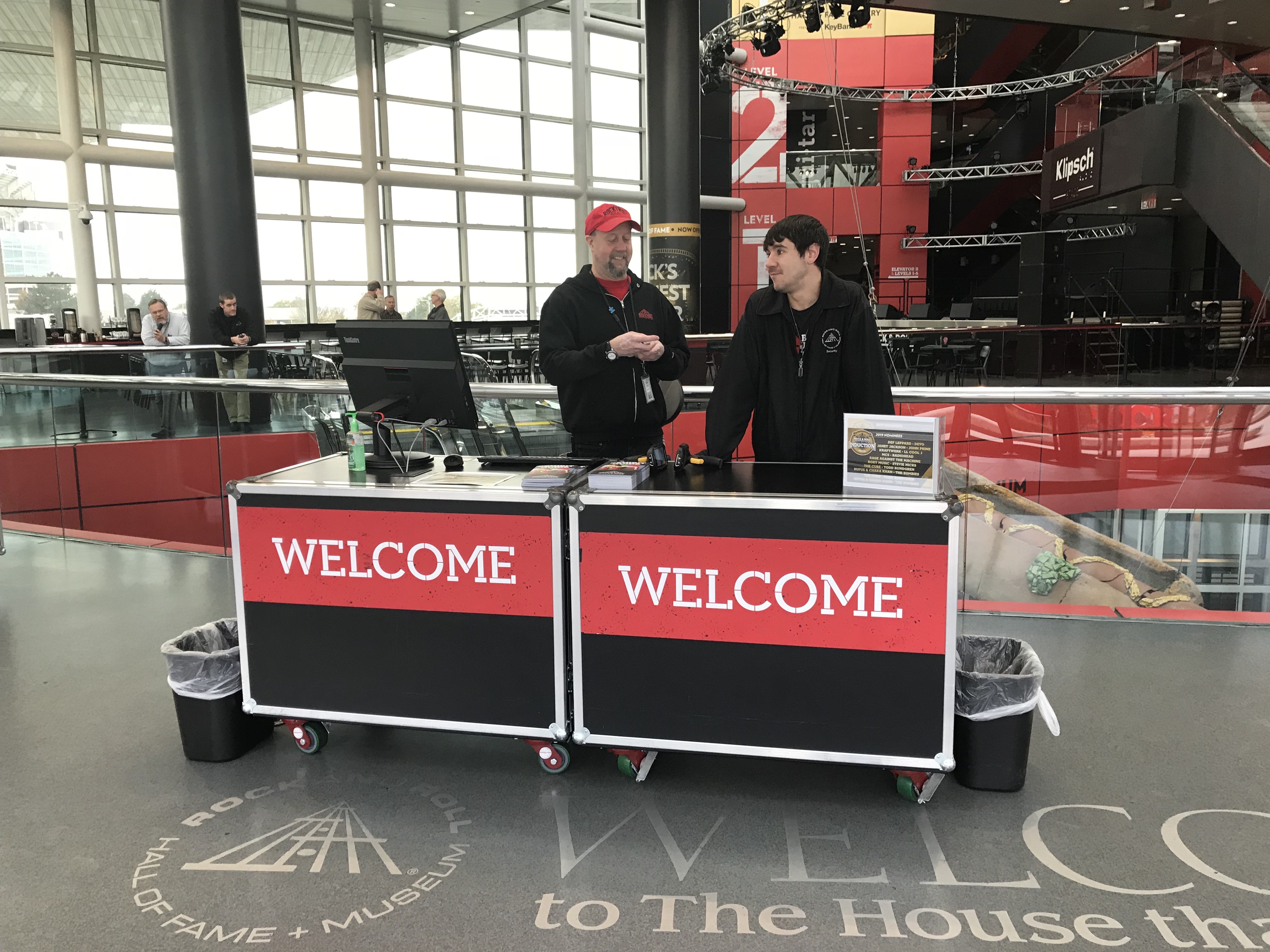
The welcome desk is the first thing you see when you walk in the front door. You can swap out your online ticket voucher for a wristband, or you can go down the escalator behind this desk and buy tickets there. Downstairs also has restrooms and a coat-check. Off to the left of the welcome desk is the Rock Hall's newly revamped Cafe.
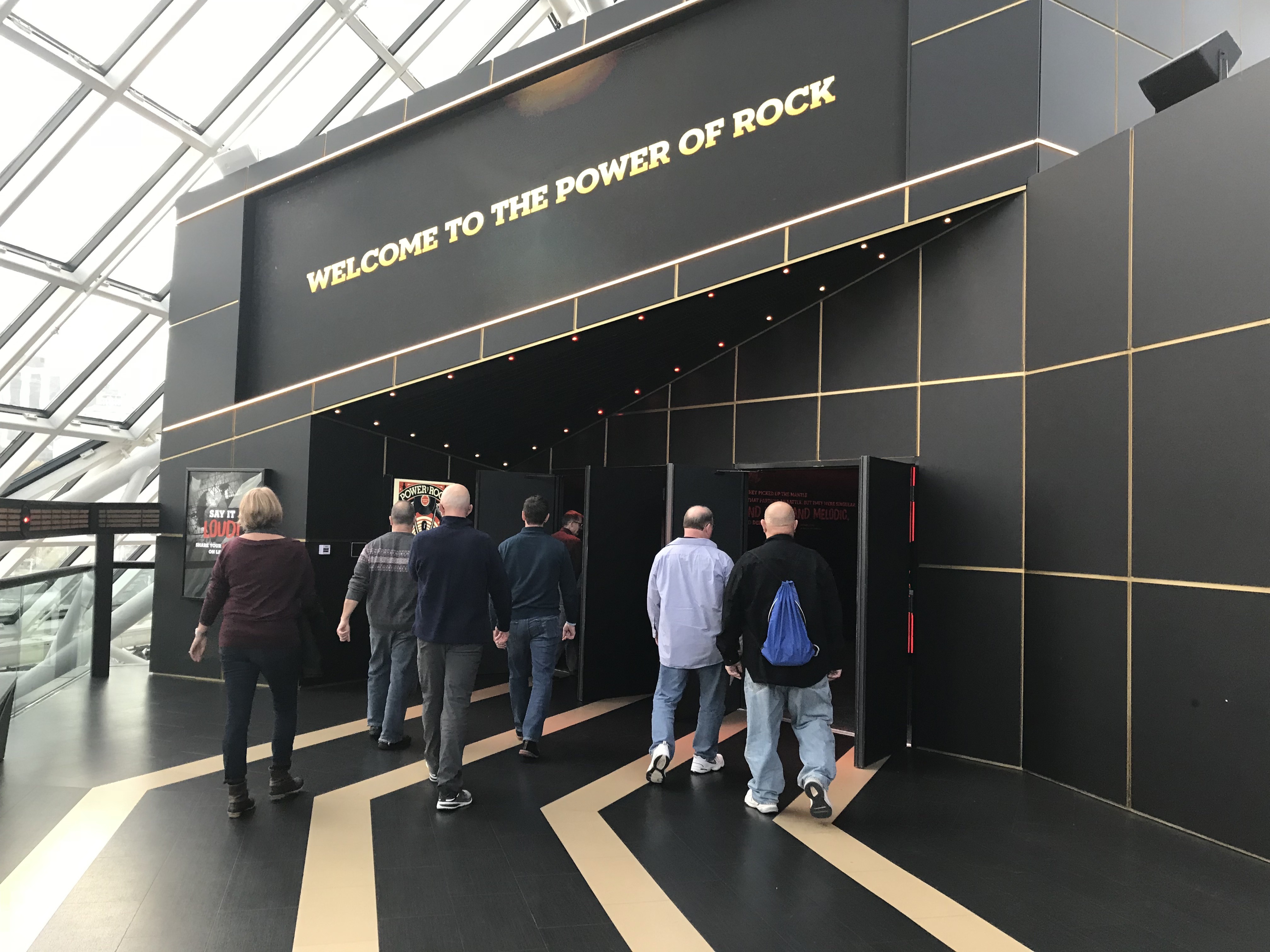
The Hall of Fame Gallery and the Power of Rock Experience, Connor Theater, are on Level 3 of the Rock Hall. Connor Theater is shown here and a short film featurette is about to start. The film shows a powerful montage of rock performers making music together as created by auteur Jonathan Demme.
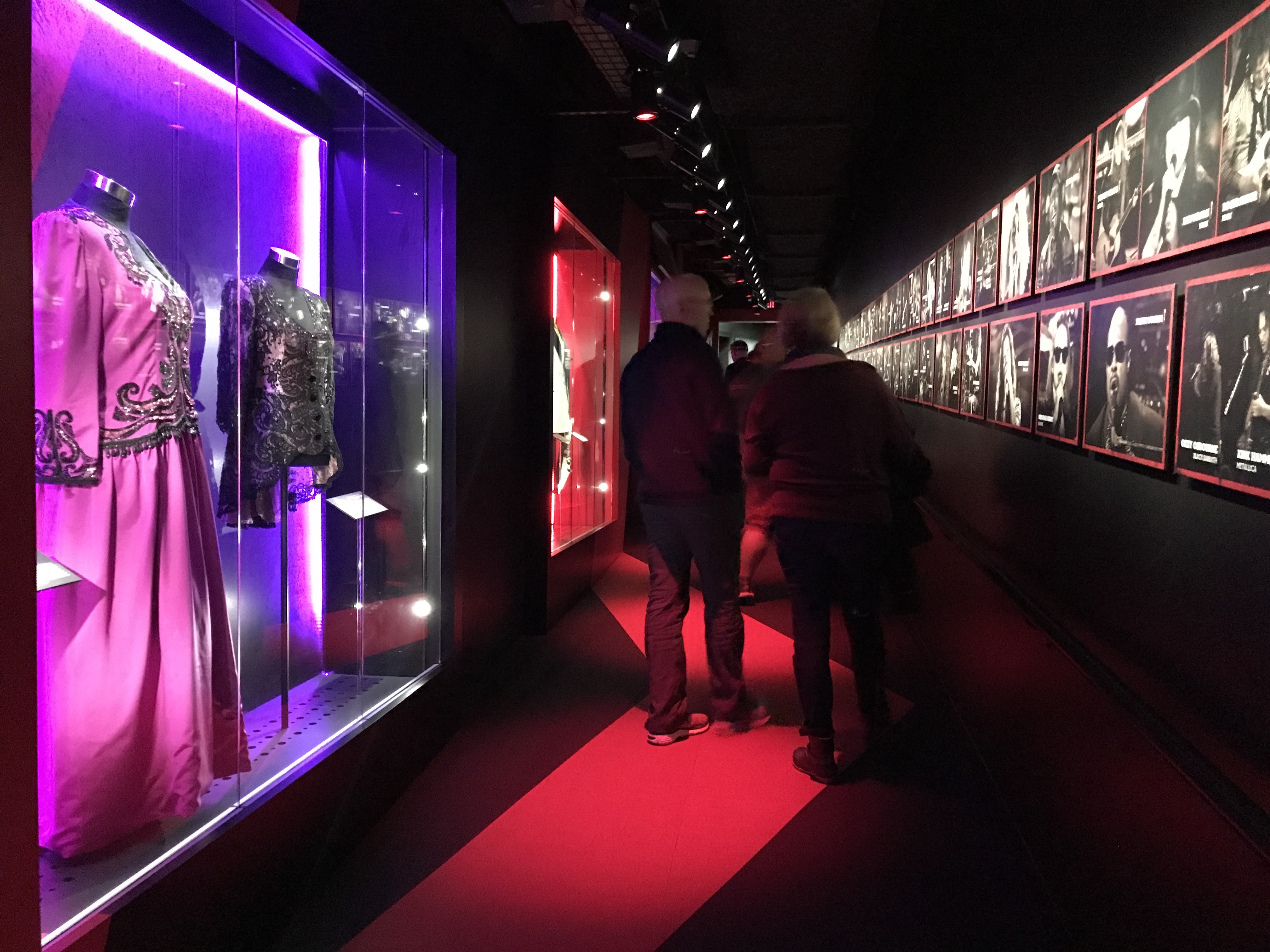
The short film takes place in a comfortable amphitheater, with strobe lighting and smoke effects. After the short film, during which no images are permitted to be taken, viewers exit through this hallway. There are more music treasures, such as these performance formals. There are flashing lights here as well.
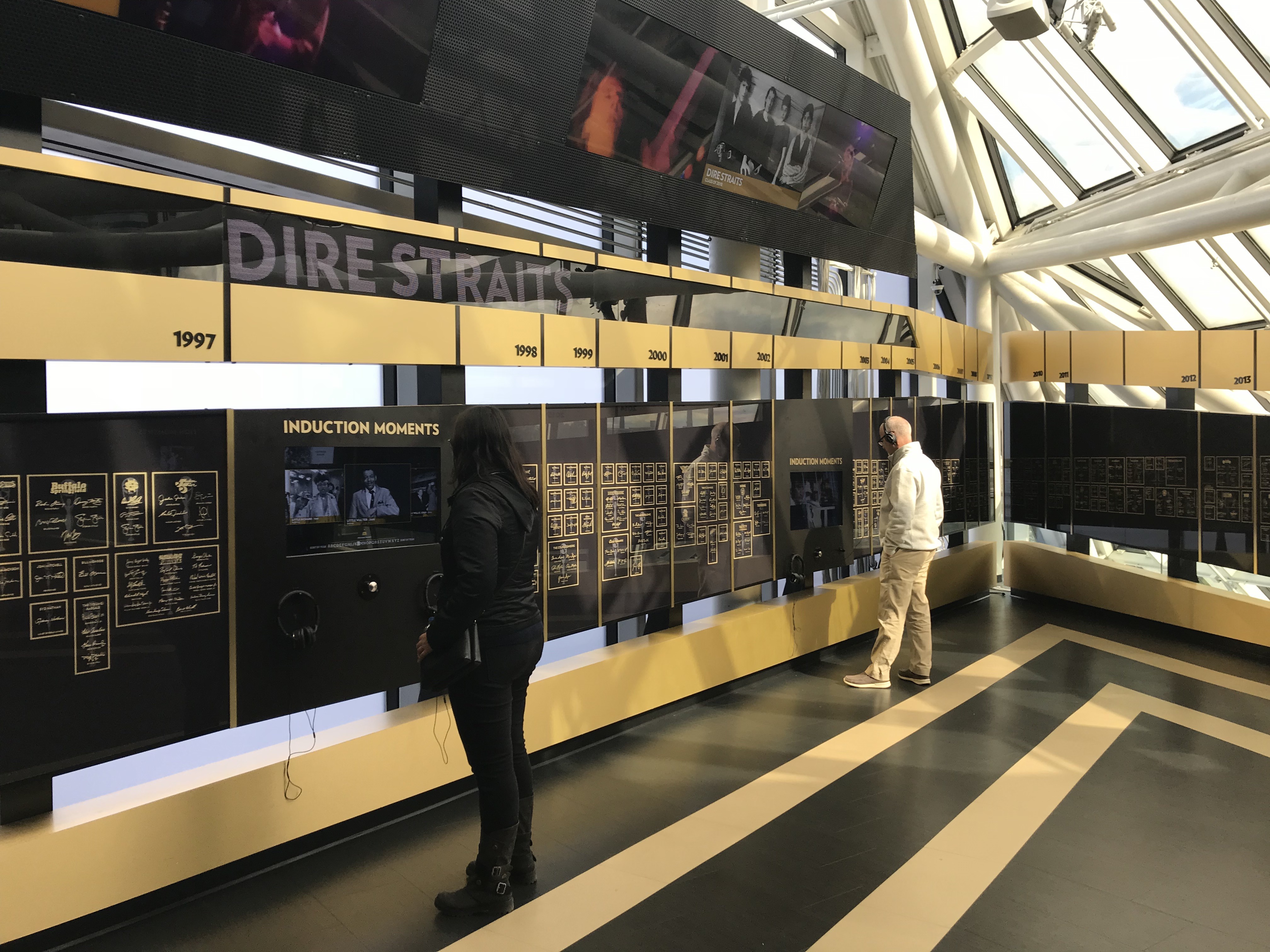
This is the Hall of Fame Gallery, also on Level Three. The first musician inducted into the Rock Hall was Mississippi Delta bluesman Robert Johnson in 1986. This year's inductees--2018--were Bon Jovi, the Cars, Dire Straits, the Moody Blues, Nina Simone and gospel singer Sister Rosetta Sharpe.
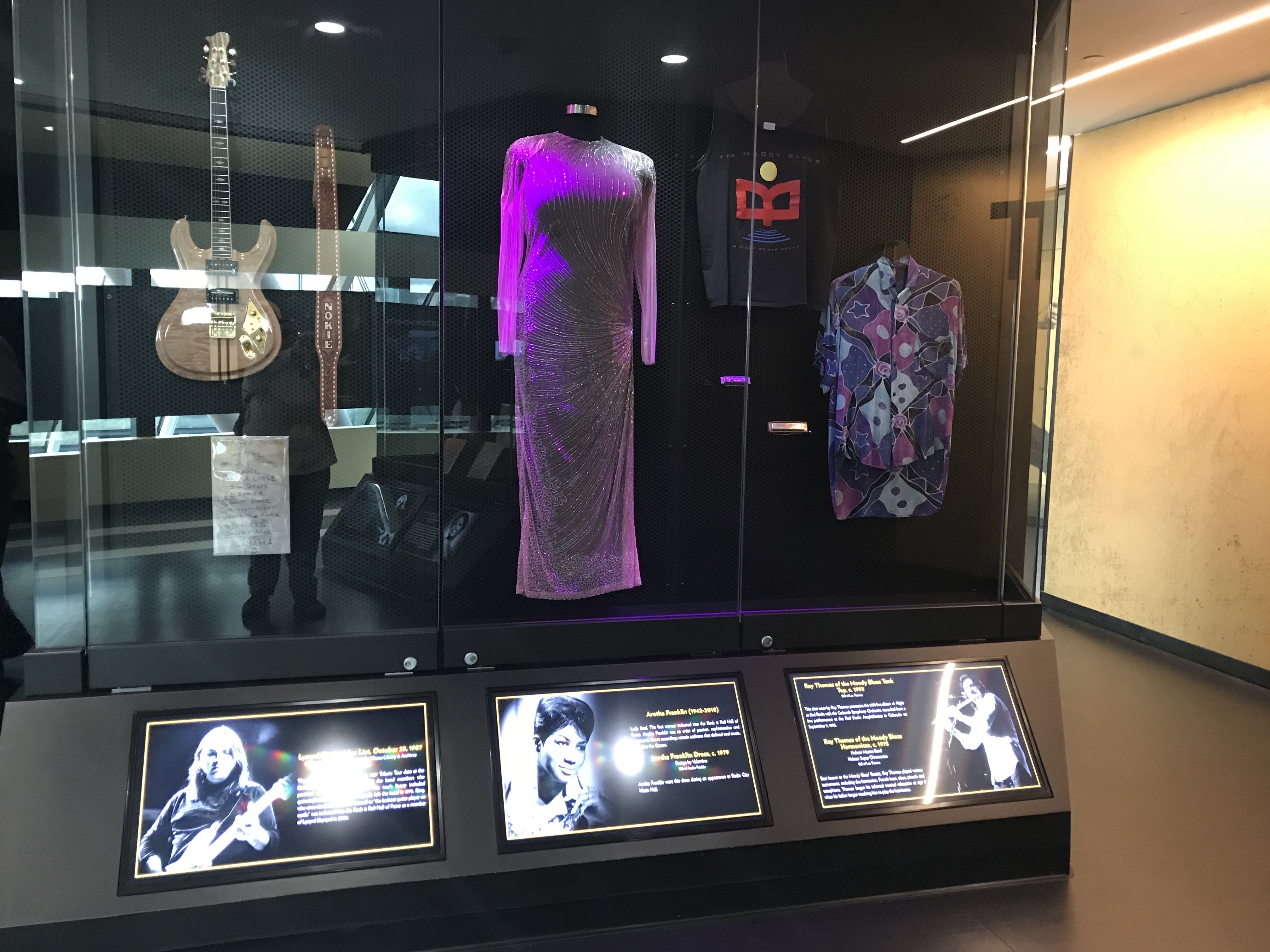
Aretha Franklin, the Queen of Soul, was inducted into the Rock Hall in 1987 as the first woman to receive the honor. Her career spanned nearly her entire life (1942-2018). Her performance gown pictured here (center) was worn at Radio City Music Hall and was designed by Valentino c. 1979. This item was a gift to the Rock Hall from Lady Soul herself.
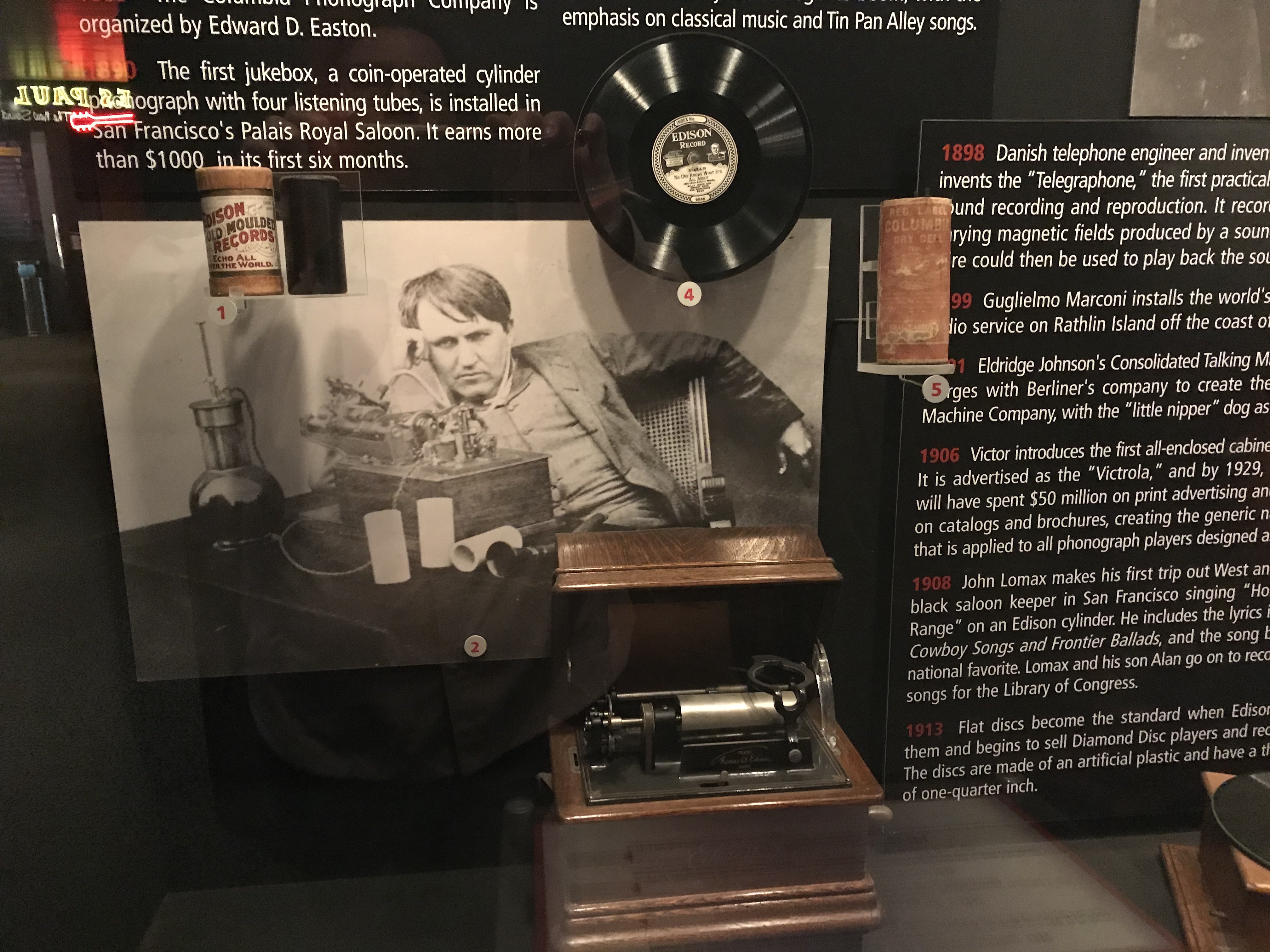
Aretha Franklin's career spanned decades, as do the efforts to record music. This effort began with inventor Thomas Edison's tinfoil cylinder in 1877, shown here. He recorded "Mary Had a Little Lamb." Twelve years later, a flat, plastic disc with grooves is created by German-born Emile Berliner and is played on a new type of "gramophone." These discs could be mass-produced from one recording.
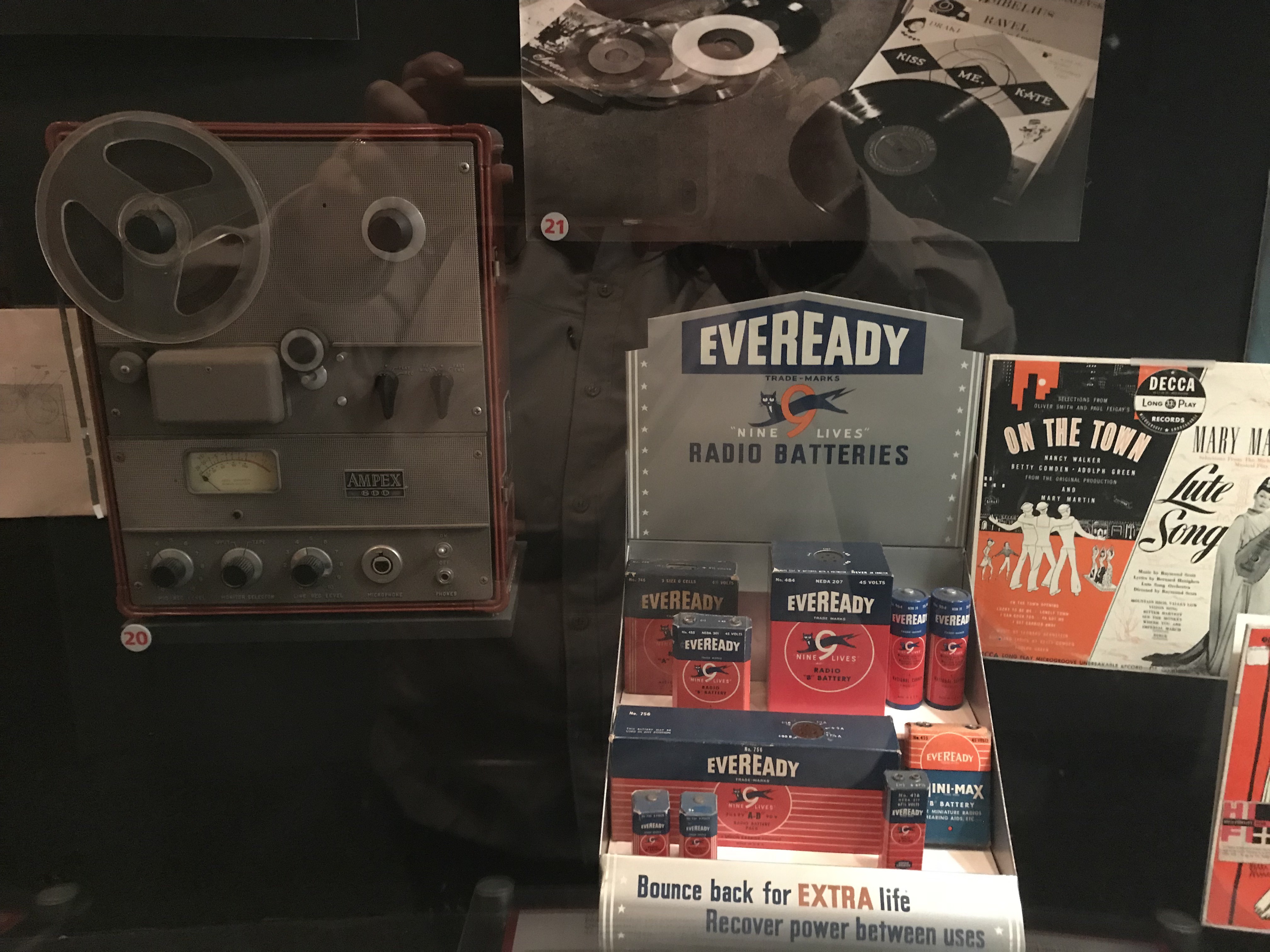
By the time Aretha Franklin's career began n the mid-1950s, California-based Ampex created this 26 lb. portable reel-to-reel recording device based on German World War II-era technology at the behest of singer Bing Crosby. This is the Ampex 600, which used magnetic tape, and was housed in a Samsonite suitcase. It was used by radio stations to record farm reports, in addition to performances.
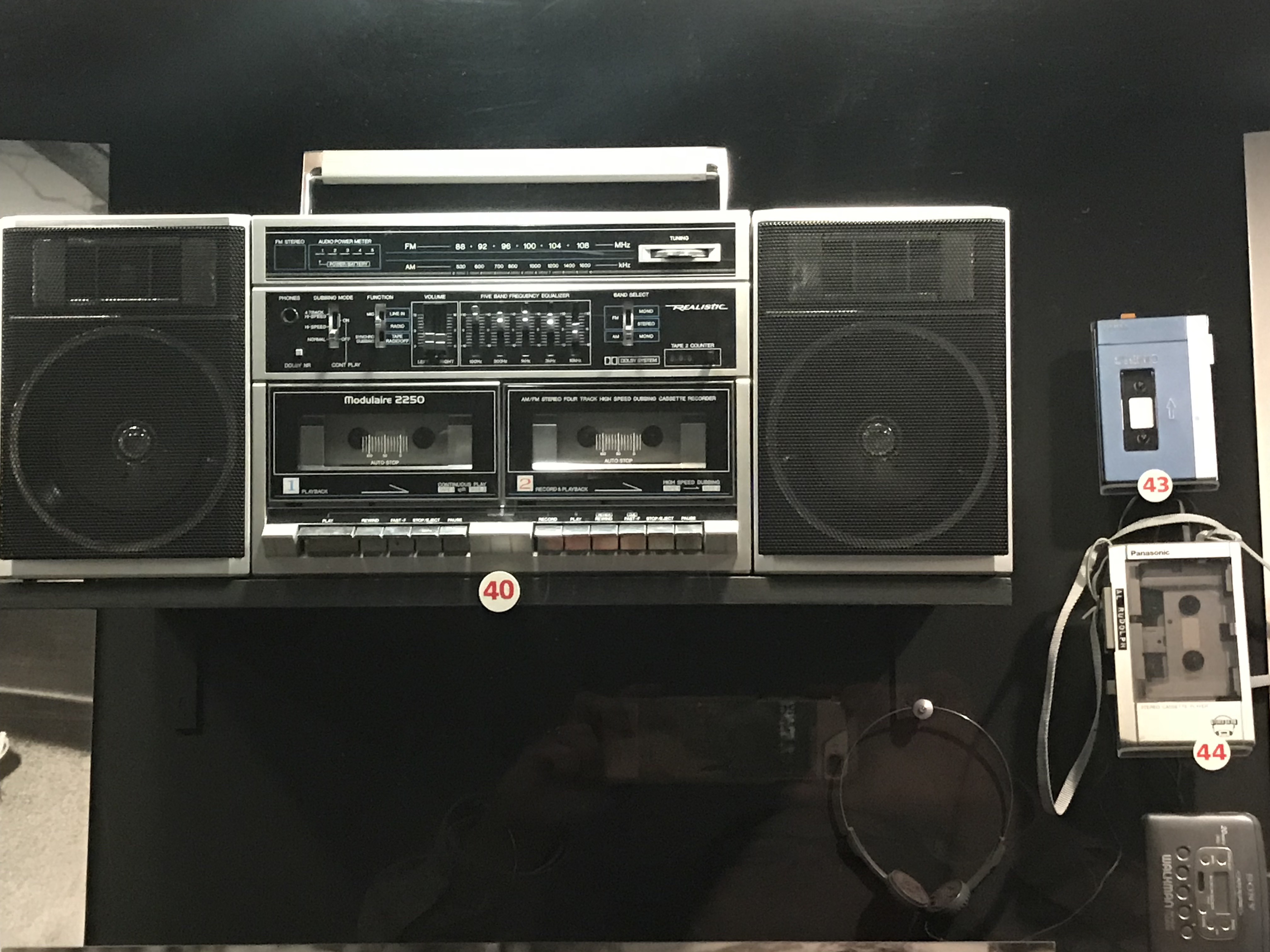
The Boombox appeared in 1966 from the Philips Co. in the Netherlands. In the early 1970s, they were manufactured by Japanese companies and became popular in Europe. They came to North America in the late 1970s. Boomboxes featured loud volume, heavy bass, AM/FM tuner, cassette decks, and input-output jacks to connect to microphones and turntables. CD functions soon followed.
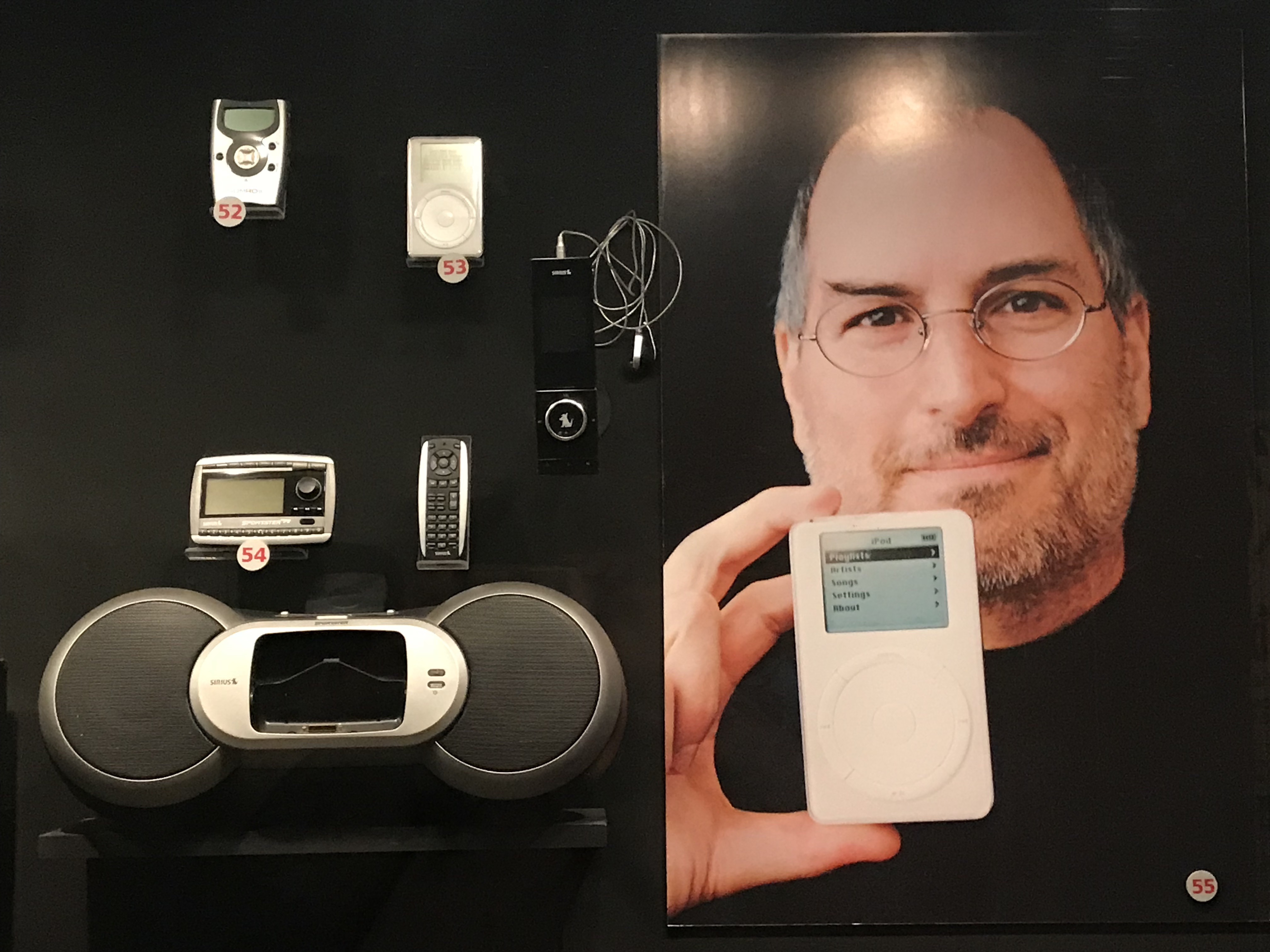
Steve Jobs (1955-2011) founded Apple Computer and created the iPod, a pocket-sized music listening device in 2001. It was dubbed by its engineers as the Walkman of the 21st Century. It was powered by 1.8 inch hard drives and lithium ion batteries. Edison's breakthrough 1877 phonograph was powered by a hand-crank and recorded two minutes' worth of music, which could only be played a couple of times.

Like Rock music, television came of age in the 1950s. You could spend a couple of hours in this section on Level 4. (You can also record your very own thoughts on Rock n Roll at the Interactive Exhibit on this level. It was fun.) Behind the TV is a fun, life-sized TV diorama of the Ed Sullivan Show. The Stay Tuned exhibit was installed in May 2018 and features all kinds of outfits worn by stars while performing on TV. The exhibit continues on Levels 5 and 6.
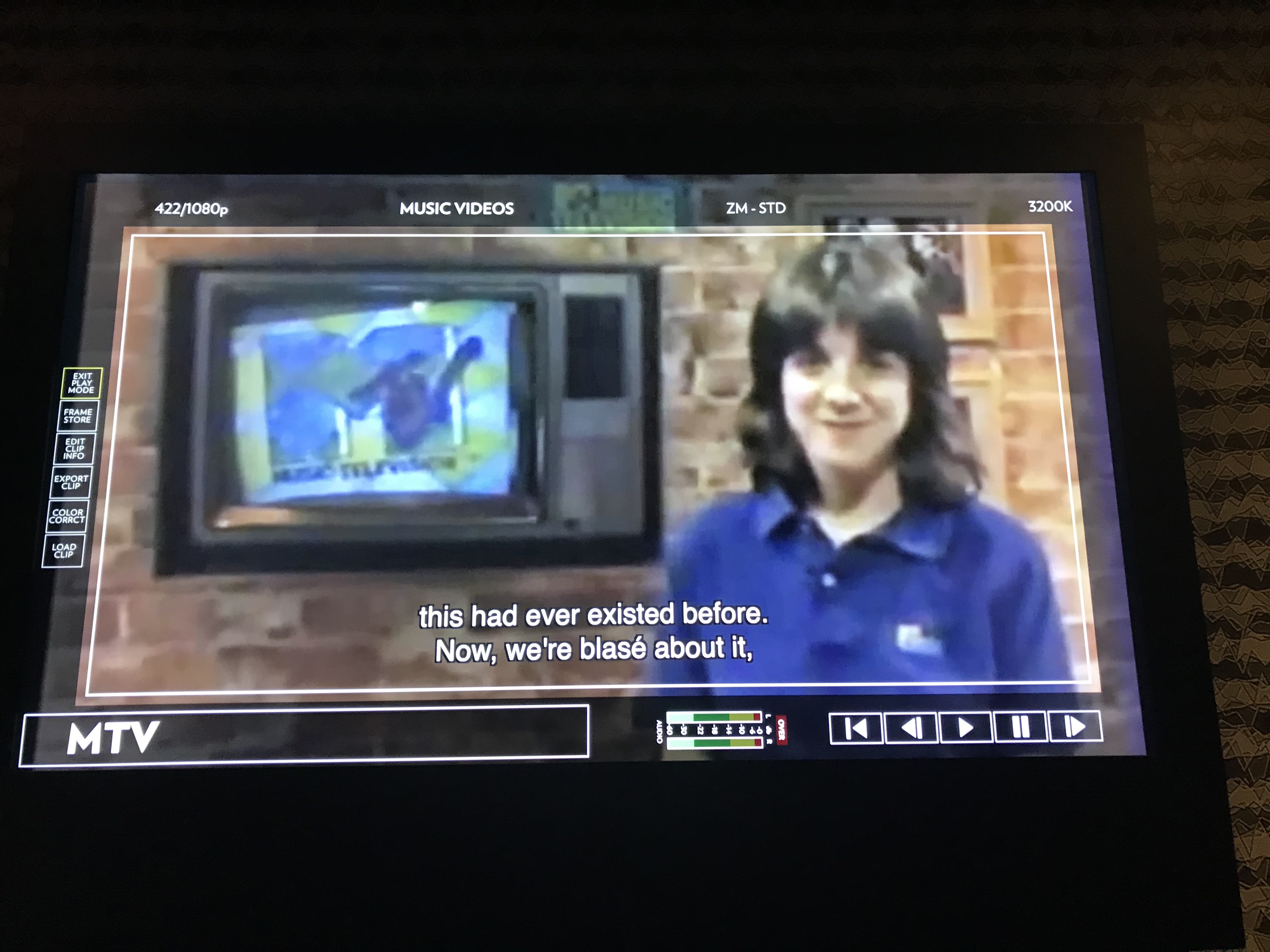
Music Television, MTV, was born on August 1, 1981. VeeJay Martha Quinn was there from the beginning. She graduated from NYU in 1981 where she answered phones for a dormitory. She auditioned for the role at WNBC-AM, not knowing anything about "veejays" the previous July. She stayed at MTV for ten years, and talked about the early years and about the future of Rock n Roll.
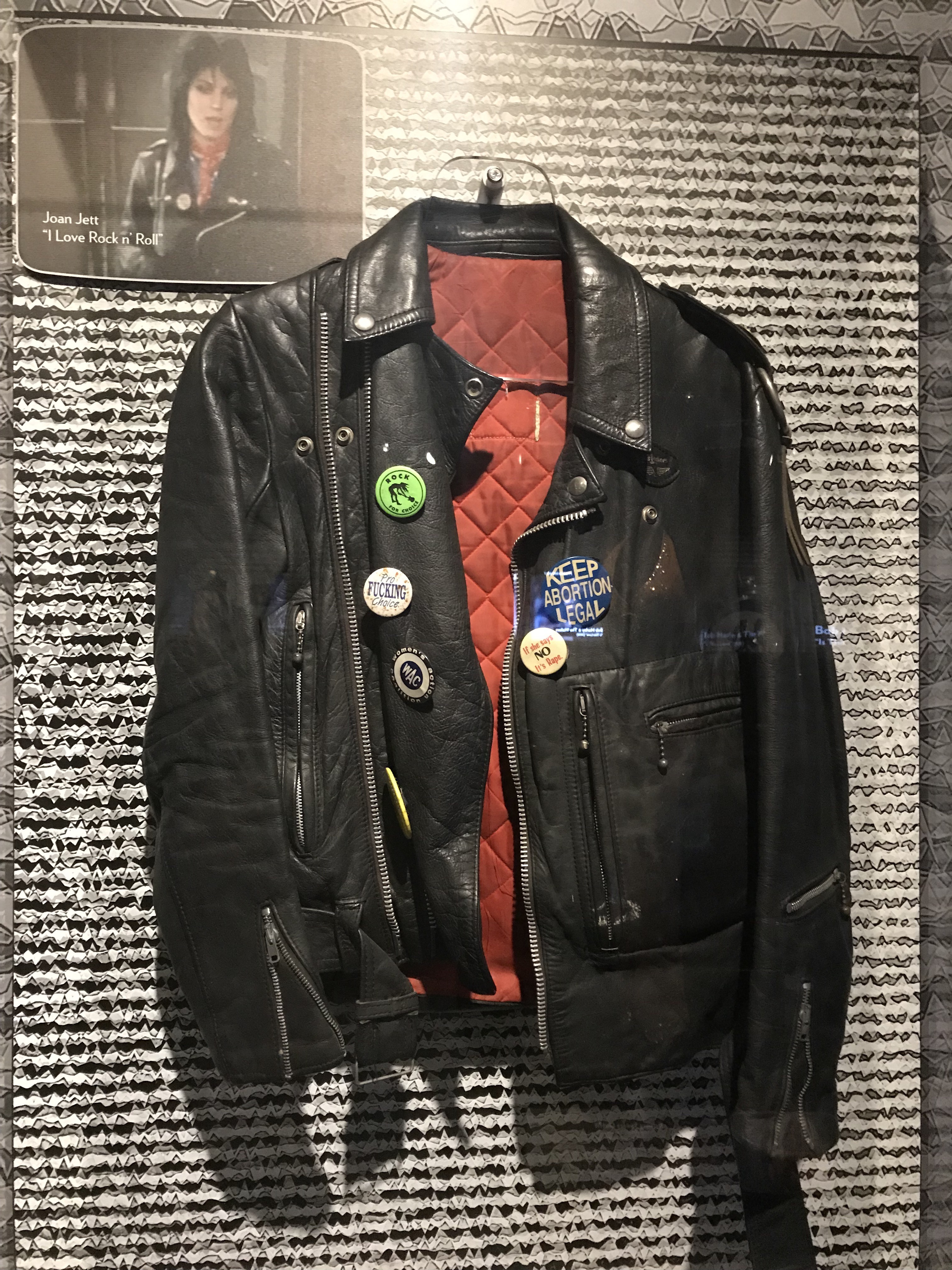
Rock star Joan Jett of Joan Jett and the Blackhearts wore this jacket in her video called "I Love Rock n Roll" which premiered on MTV in 1982. Early on, Joan Jett sang and played guitar for the all-girl Runaways and in 1976 heard the Arrows' performance of this important song. Billboard ranked her version of "I Love Rock n Roll" as its No. 3 song for 1982.
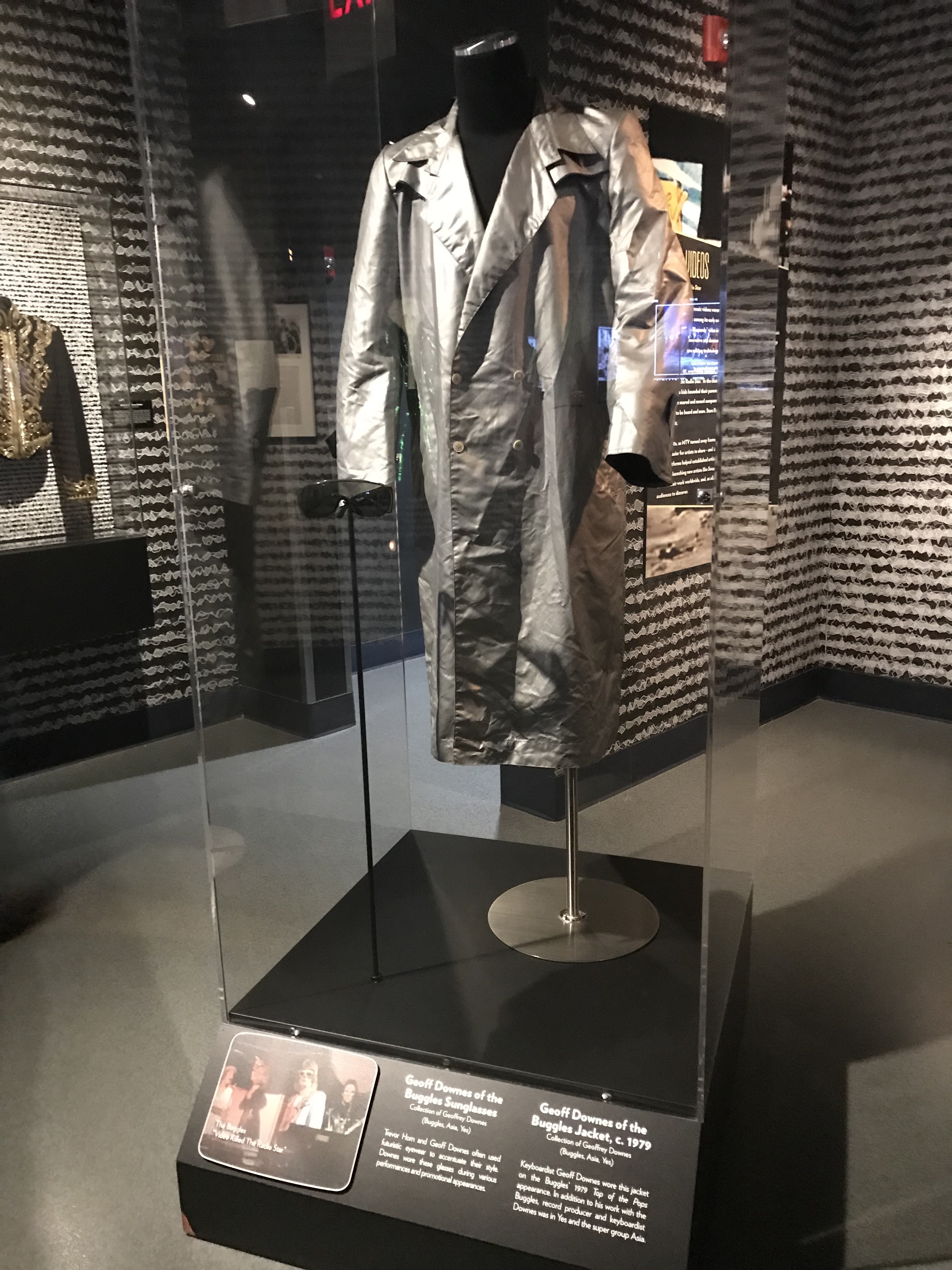
The first video played on MTV at 12:01 am on August 1, 1981, was entitled "Video Killed the Radio Star" by The Buggles, made up of Trevor Horn and Geoff Downes. The song was the debut single from their 1979 album The Age of Plastic. Shown here is the jacket that Geoff Downes wore for Buggles appearances. These two bandmates would later join supergroups Yes and Asia for a time.
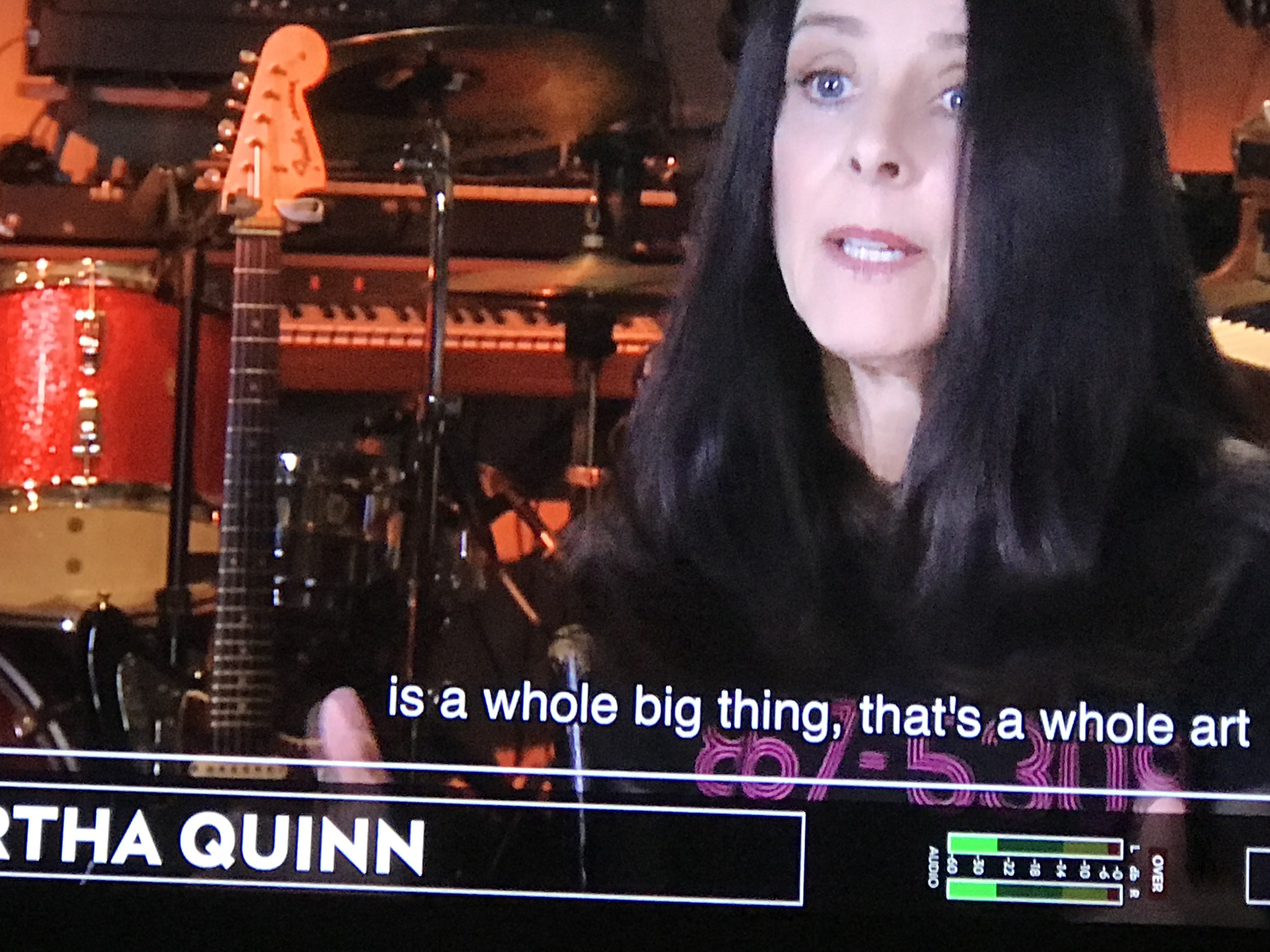
This is former MTV VeeJay Martha Quinn in more recent days. She spoke of the early days of MTV and the videos she played, such as "Video Killed the Radio Star" by The Buggles and "Take on Me" by the Norwegian group a-ha. She also talked about the future of Rock music in the Age of YouTube. She said the idea of music is still the same: getting your music from your garage to the world.
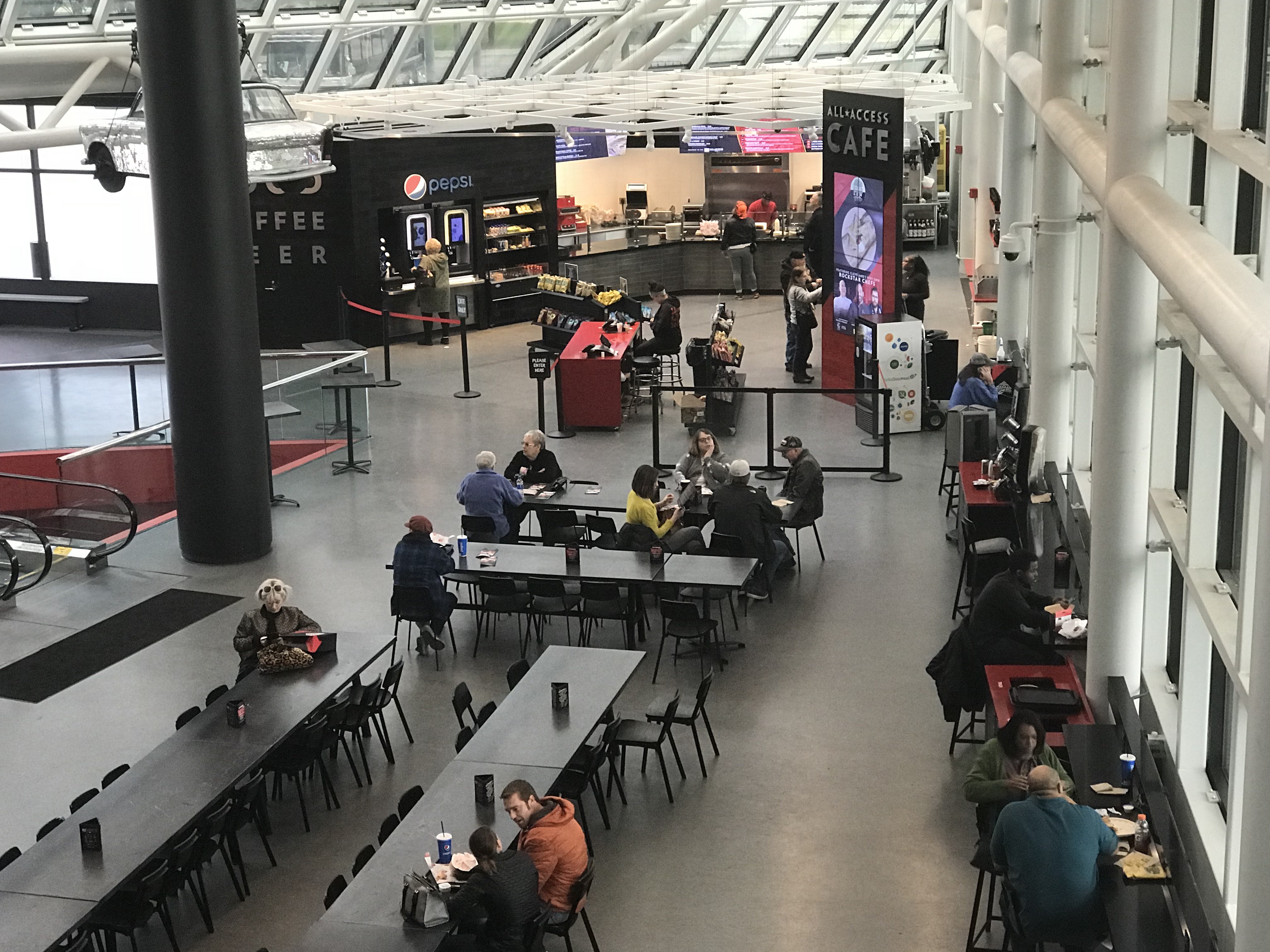
As we left the Stay Tuned exhibit and headed downstairs from the sixth floor, former MTV newsman Kurt Loder appeared onscreen. He explained that with the Internet, the era of "appointment television was over" and wondered aloud, "who's the gatekeeper?" To this I'd add, "You are now your own music curator." This is the view of the newly re-created cafeteria that we took in on our way down.
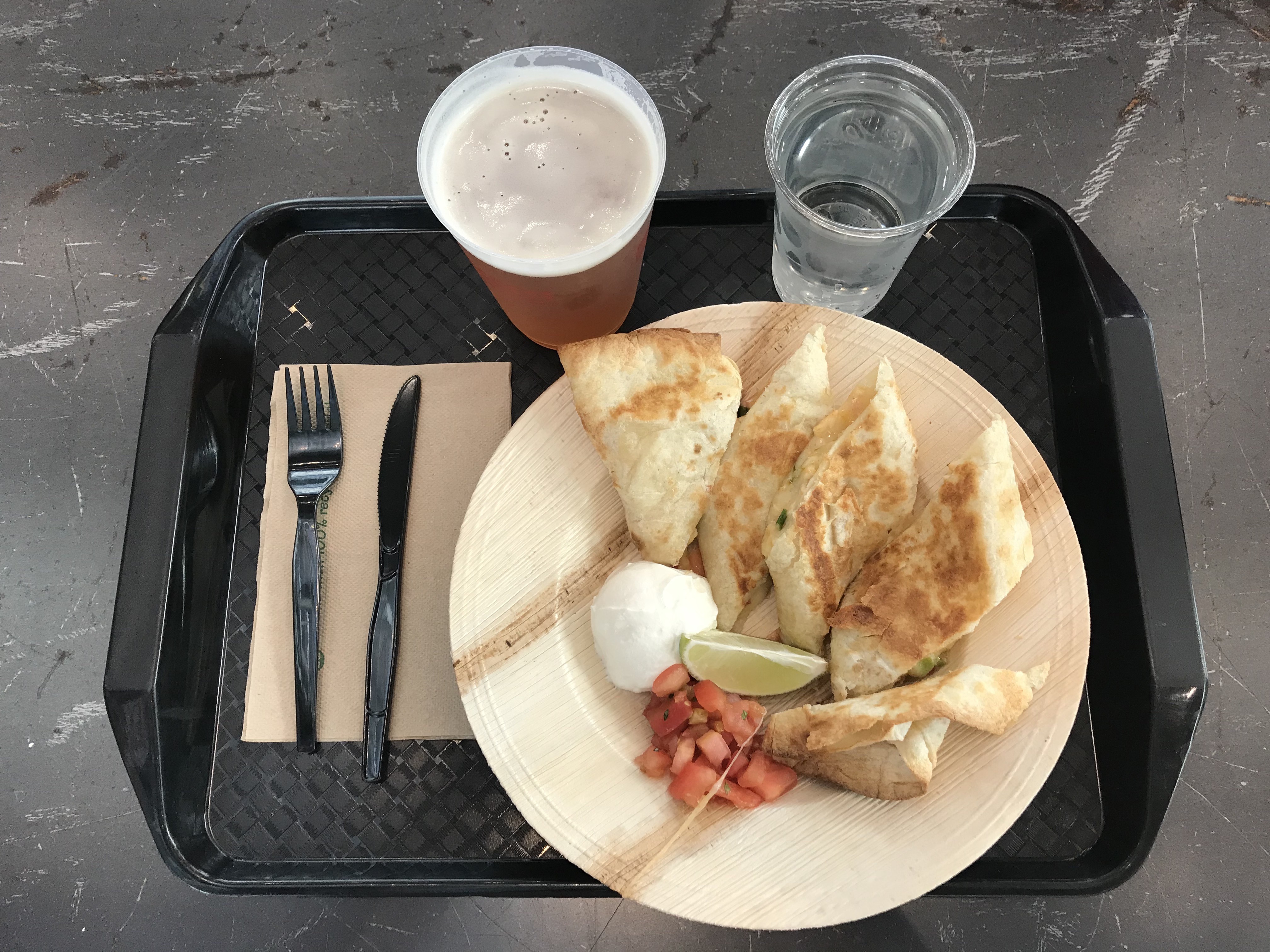
The menu at the Rock Hall--All Access Cafe--has been revamped in the 23 months since our last visit in November 2016. Today, October 23, 2018, which is on a Tuesday, showed a light to medium crowd at lunchtime. This is a chicken quesadilla grilled to order and it was delicious, at $12. I had the beef barbacoa bowl, also at $12. The beer shown here is a Great Lakes Dortmunder at $8. I had a light beer at $6. The whole meal was $41.04.
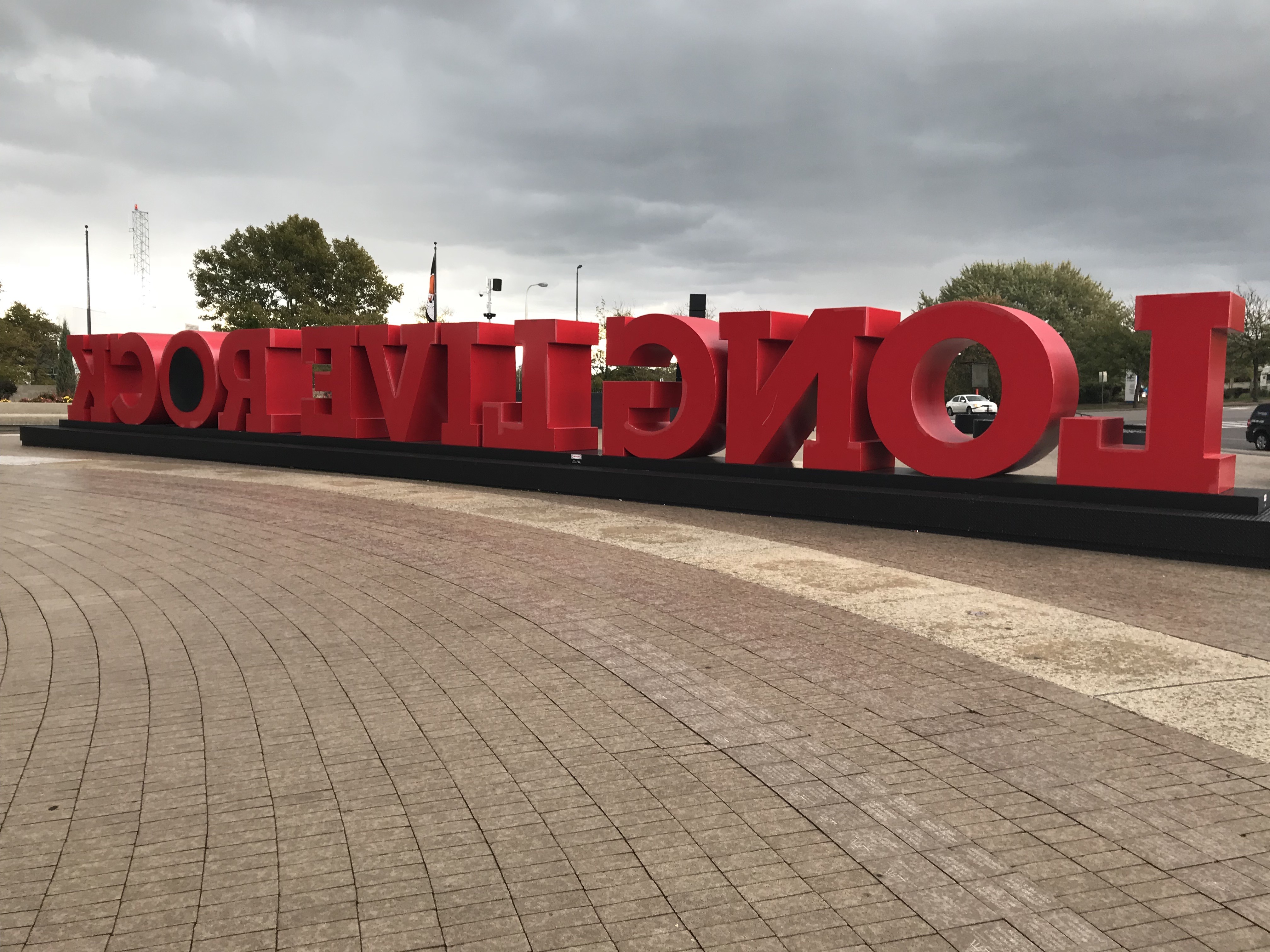
At 4:30 pm, it was time to head out for dinner with a friend in the suburbs. It would take an hour to get there, due to heavy Cleveland traffic. The Rock Hall was placed here due to the King of the Moondoggers, radio DJ Alan Freed, who coined the phrase, Rock n Roll. Ohio's governors, Dick Celeste and George Voinovich, also made sure this thing would happen. And it happened because of the rest of us, because we've always kept the hopes and dreams of our favorite music in our hearts.